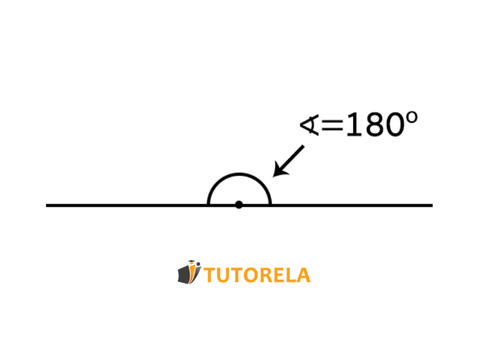The plane angle is the one that measures .
Plane angle

Which of the 4 angles shown in the figure corresponds to the description of the plane angle?

The correct answer is C) 180 °
Master angle classification with interactive practice problems. Learn to identify right angles (90°), acute angles (<90°), obtuse angles (90°-180°), and flat angles (180°).
The plane angle is the one that measures .

Which of the 4 angles shown in the figure corresponds to the description of the plane angle?

The correct answer is C) 180 °
ABC is an equilateral triangle.
Which angle is larger, \( ∢B \) or\( ∢A \)?
equal to 90°.
What angle is it?
To solve this problem, we'll follow these steps:
Let's break down the process:
Step 1: The problem specifies that .
Step 2: Recall the definitions of angle types. A right angle is defined as an angle that measures exactly 90 degrees.
Step 3: Out of the provided choices, select the one that represents a right angle.
- Right angle: (Correct Choice)
- Acute angle:
- Obtuse angle: and
- Flat angle:
Thus, the conclusion is that is a Right angle.
Answer:
Right angle
What type of angle is
?
To determine the type of angle , we will consider the following:
Visual inspection of the diagram confirms that points A, B, and C create a straight line. Hence, the angle must be a flat angle.
Therefore, the angle is a flat angle.
Answer:
Flat angle
is an angle measuring less than 90°.
What kind of angle angle is it?
To determine what kind of angle is, let's examine the given information: the angle is less than .
Since measures less than , it fits the definition of an acute angle.
Therefore, the angle is an acute angle.
Answer:
Acute angle
Which of the following angles are obtuse?
By definition, an obtuse angle is an angle that is greater than 90 degrees. We can observe that in one drawing there is an angle of 90 degrees and therefore it is not an obtuse angle, the other two angles are less than 90 degrees meaning they are also not obtuse, they are acute angles.
Therefore, none of the answers is correct.
Answer:
None of the options
Which figure depicts a right angle?
A right angle is equal to 90 degrees.
In diagrams (a) and (c), we can observe that the angle symbol is a symbol representing an angle that equals 90 degrees.
Answer: